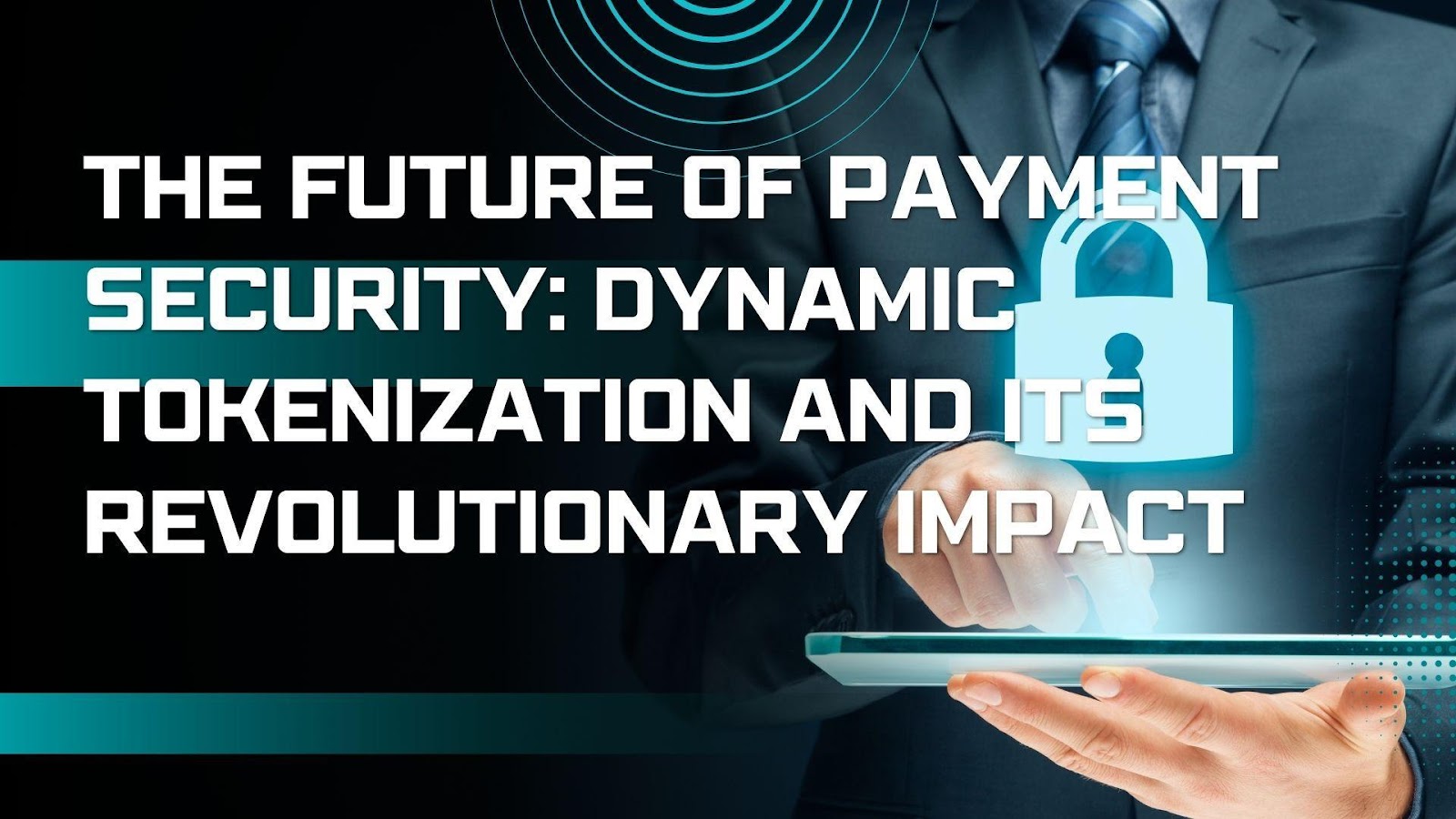Digital payments have become an essential part of the global economy, but their rapid expansion has also created new vulnerabilities. Traditional security methods struggle to keep up with evolving cyber threats, leading to significant financial losses. Uday Pioneer Kola, a leading expert in payment security, explores the groundbreaking concept of dynamic tokenization in his latest research. His work highlights how this technology is transforming payment security by integrating advanced features such as blockchain, biometric authentication, and real-time fraud prevention.
Moving Beyond Static Security
Emerging dynamic tokenization technology addresses these vulnerabilities by generating unique, time-limited tokens for each transaction. Unlike static tokens, these cannot be reused across multiple purchases, rendering stolen tokens essentially worthless. Dynamic tokenization implements sophisticated encryption algorithms that rotate encryption keys frequently, creating an additional security layer. This approach also incorporates transaction context data—including device information, location, and timing—to further validate authenticity. As payment fraud techniques grow more sophisticated, dynamic tokenization represents a crucial evolution in securing digital commerce and safeguarding sensitive customer information.
Dynamic Tokenization: A Self-Evolving Shield
Unlike static tokenization, dynamic tokenization continuously regenerates tokens based on contextual factors such as transaction patterns, user behavior, and device location. This approach significantly reduces the risk of token interception and misuse. By implementing real-time security measures, financial institutions can preemptively detect and neutralize threats before they result in fraudulent transactions.
The Role of Blockchain in Strengthening Tokenization
Emerging dynamic tokenization technology addresses these vulnerabilities by generating unique, time-limited tokens for each transaction. Unlike static tokens, these cannot be reused across multiple purchases, rendering stolen tokens essentially worthless. Dynamic tokenization implements sophisticated encryption algorithms that rotate encryption keys frequently, creating an additional security layer. This approach also incorporates transaction context data—including device information, location, and timing—to further validate authenticity. As payment fraud techniques grow more sophisticated, dynamic tokenization represents a crucial evolution in securing digital commerce and safeguarding sensitive customer information.
Biometric Authentication: Enhancing the Human Element
One of the most innovative aspects of dynamic tokenization is its integration with biometric authentication. Security protocols like FIDO2 leverage fingerprint scanning, facial recognition, and other biometric identifiers to ensure that only authorized users can complete transactions. This method significantly reduces the risk of identity theft and unauthorized access, making digital payments safer and more user-friendly.
Transforming Digital Wallets and Contactless Payments
With the rise of mobile payments and contactless transactions, security concerns have escalated. Dynamic tokenization plays a crucial role in mitigating these risks by ensuring that tokens used in digital wallets and contactless payments are constantly changing. This dynamic security model has led to a dramatic reduction in fraud cases, reinforcing consumer trust in digital financial services. Additionally, advanced encryption protocols complement these systems, creating multi-layered protection frameworks that financial institutions are rapidly adopting worldwide to stay ahead of sophisticated cybercriminals.
The Impact on Open Banking and Cross-Border Transactions
Open banking initiatives require financial institutions to share data securely while complying with strict regulations. Dynamic tokenization facilitates secure data exchange, allowing banks to collaborate without compromising security. Similarly, cross-border transactions, which have traditionally been vulnerable to fraud due to inconsistent security standards across regions, benefit greatly from dynamic tokenization’s ability to create a unified security framework.
Real-World Benefits and Adoption
Financial institutions that have adopted dynamic tokenization report significant improvements in fraud prevention and operational efficiency. By leveraging real-time risk assessment and continuous token regeneration, they have successfully reduced financial losses and enhanced customer experience. The implementation of this technology is not just a security upgrade; it is a strategic advantage that enables seamless and secure transactions across digital ecosystems.
In conclusion,As the digital payment landscape continues to evolve, security will remain a top priority. Dynamic tokenization represents a fundamental shift in how payment data is protected, addressing long-standing vulnerabilities while paving the way for a more secure financial ecosystem. Uday Pioneer Kola’s research underscores the importance of adopting this technology, emphasizing that its integration with blockchain and biometric authentication will define the future of payment security. With dynamic tokenization at the forefront, the financial industry can move towards a safer and more resilient digital economy.



































